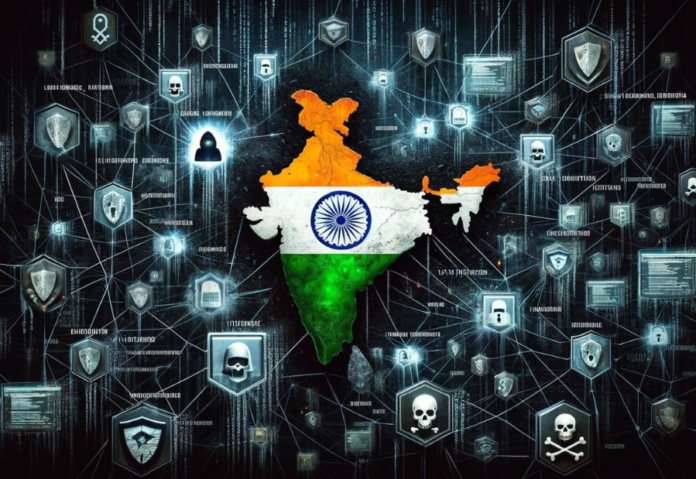A nation’s ability to flourish depends on the ability of its public institutions to create, carry out, and uphold policies. The strength of India’s institutions in guiding its development is highlighted in the Mutual Evaluation Report (MER) on India published last month by the Financial Action Task Force (FATF), which has its headquarters in Paris. When asset recovery is seen in this light, it becomes clear that India has a developed governance structure that can lead the country to prosperity.
The term “Stolen Asset Recovery” (StAR) Initiative describes how police retrieve stolen property. According to NCRB data, 40% of theft, burglary, and robbery instances result in a recovery. On the other hand, StAR also covers the recovery of earnings from illegal activities like fraud, drug trafficking, and corruption. This becomes very difficult when money and assets are transferred internationally.
FATF’s MER on India grades the government as ‘fairly effective’ in depriving criminals of their proceeds and chasing these assets worldwide. Nevertheless, asset-theft tactics are changing quickly. Fast payment systems (FPS) have become more popular, and India now accounts for 46% of global digital transactions. This has increased the risk of cyber-enabled fraud, or CEF. The swift integration of virtual digital assets (VDAs) has presented novel obstacles in the process of tracking down concealed assets. Indian adoption of VDA is the highest in the world, according to Chainalysis, a blockchain analytics company. Our institutions’ ability to respond to these new challenges determines their strength.
Cybercrime: According to NCRB data, the number of reported cybercrime instances increased by 31% between 2020 and 2022. These crimes can be classified as cross-border (involving Indian criminals defrauding victims abroad) or domestic (involving both perpetrators and victims in India). In order to strengthen our ability to combat cybercrime as a group, Gol founded the Indian Cyber Crime Coordination Centre (14C) in 2018.
Following an analysis of the methods used by scammers in the areas of illicit gambling, KYC fraud, investment fraud, fraudulent loan applications, matrimonial scams, and banking channels (digital advertisements, mobile applications, social media, phone calls), and tech vectors (mule accounts, payment aggregators, virtual accounts, VDAs, ATMs), I4C created a special asset recovery mechanism in 2021: The FCFRMS stands for Citizen Financial Cyber Frauds Reporting and Management System. With the assistance of significant financial institutions and e-commerce businesses, this semi-automated approach assists in recovering the assets of victims of cybercrime within hours of the incident.
According to India’s MER, since 2021, I4C has recovered over 26 billion dollars and given it back to victims of cyber-enabled fraud via the CFCFRMS portal. Although this demonstrates the system’s efficacy, it is insufficient to reduce the hazards associated with CEF. Consequently, an ongoing endeavour is made to evaluate the CEF threat and create plans to reduce these dangers.
Virtual digital assets (VDAs): Because VDAs are designed with pseudonymous ownership, they create a new kind of vulnerability by making cross-border value transfers simple. Industry estimates indicate that through virtual asset networks, at least $20 billion in illicit payments, including those from ransomware operators, darknet markets, and breaches, were transported between 2021 and 2023. However, specialized exchanges and brokers handle the majority of VDA trades.
India assessed the VDA sector’s risk of money laundering and terrorist financing (ML/TF) in late 2022 and determined that it posed a high risk. Exchanges and brokers must now register with the Financial Intelligence Unit India (FIU-IND) and report questionable transactions in order to lessen this. 47 VDA service providers have registered with FIU-IND as of right now.
Concurrently, initiatives have been undertaken to build institutional capability for tracking down stolen assets that have vanished via VDAs on blockchains. Both tool acquisition and training are necessary for this. Building institutional capability to track down stolen funds lost through VDAs on blockchains is another project under process. Training and tool acquisition are necessary for this.
Significant progress has been made in identifying ML/TF dangers and coordinating efforts among law enforcement authorities to reduce them, according to India’s MER. Additionally, it assesses India’s efforts as significantly effective in recovering assets for fraud and money laundering victims.
Do Follow: CIO News LinkedIn Account | CIO News Facebook | CIO News Youtube | CIO News Twitter
About us:
CIO News is the premier platform dedicated to delivering the latest news, updates, and insights from the CIO industry. As a trusted source in the technology and IT sector, we provide a comprehensive resource for executives and professionals seeking to stay informed and ahead of the curve. With a focus on cutting-edge developments and trends, CIO News serves as your go-to destination for staying abreast of the rapidly evolving landscape of technology and IT. Founded in June 2020, CIO News has rapidly evolved with ambitious growth plans to expand globally, targeting markets in the Middle East & Africa, ASEAN, USA, and the UK.






